Flatbed trucks are a vital component in the logistics, construction, and transportation industries. Their versatile design allows for the easy loading and unloading of large and oversized cargo. Yet, when it comes to specific dimensions, particularly the width of a flatbed truck, many questions arise. In this comprehensive guide, we aim to cover all facets related to the width of flatbed trucks to facilitate your understanding and decision-making.
Understanding Flatbed Truck Dimensions
Before diving into width specifics, it’s essential to comprehend the overall dimensions of flatbed trucks. Flatbed trucks come in various sizes and configurations, which can influence their overall width. Below is a typical breakdown of varying flatbed truck dimensions:
| Type of Flatbed Truck | Width (inches) | Length (inches) | Height (inches) |
|---|---|---|---|
| Standard Flatbed | 96 | 240 (20ft) | 50-65 |
| Gooseneck Flatbed | 102 | 300 (25ft) | 50-65 |
| Lowboy Flatbed | 102 | 420 (35ft) | 18-22 (deck height) |
| Drop Deck Flatbed | 102 | 300 (25ft) | 50-65 |
These specifications may slightly fluctuate based on the manufacturer and the intended use of the flatbed truck. Let’s examine the standard width of flatbed trucks in greater detail.
How Wide Is a Flatbed Truck?
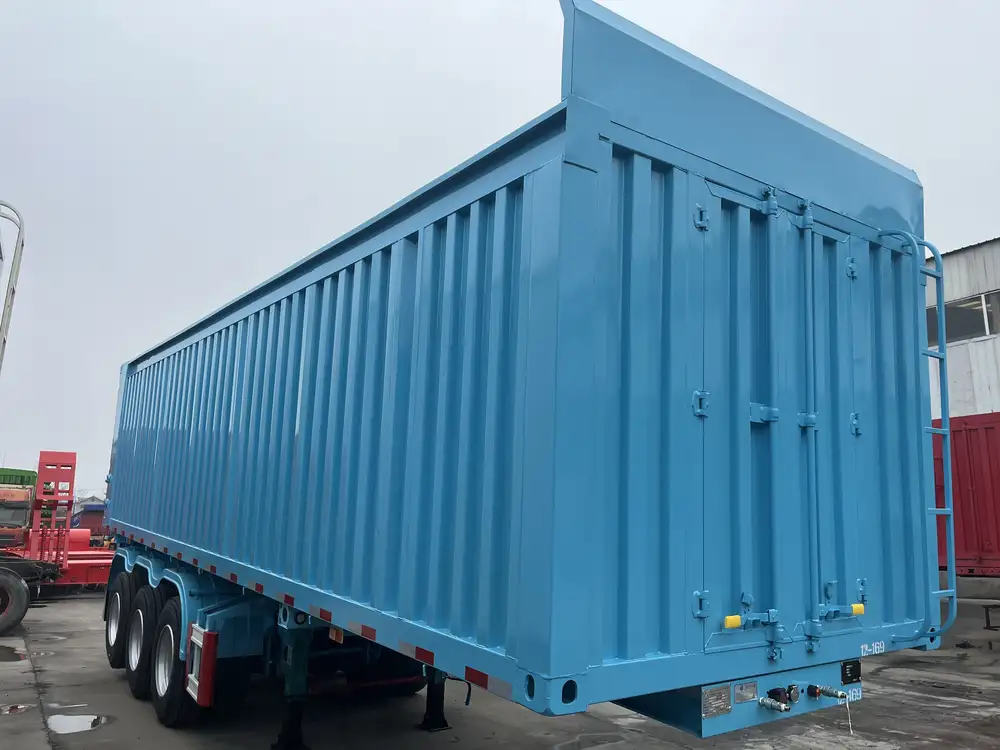
Standard Widths
The standard width of a flatbed truck typically measures 96 inches (8 feet). This width is compliant with most regulations and is optimal for transporting standard-sized loads. However, in certain industries or regions, flatbed trucks may also be manufactured with a width of 102 inches (8.5 feet). This additional width allows for more considerable cargo capacity and can accommodate larger items more efficiently.
Legal Regulations Surrounding Width
When operating flatbed trucks, it’s crucial to consider state and federal regulations that dictate the maximum allowable width for commercial vehicles:
- Federal Guidelines: Under U.S. federal law, the maximum allowable width for a vehicle is typically governed by the Federal Highway Administration (FHWA), which mandates that non-specialized vehicles should not exceed 102 inches.
- State Regulations: Different states might have varying restrictions based on their road infrastructure. Always check local traffic and transportation regulations to ensure compliance.
This legal dimension plays a critical role when planning transportation routes or bidding on projects that require the use of flatbed trucks.
Factors Influencing Flatbed Width Choices
Choosing the right flatbed truck width can significantly influence operational efficiency, safety, and compliance. Below are some factors that may inform your decision:
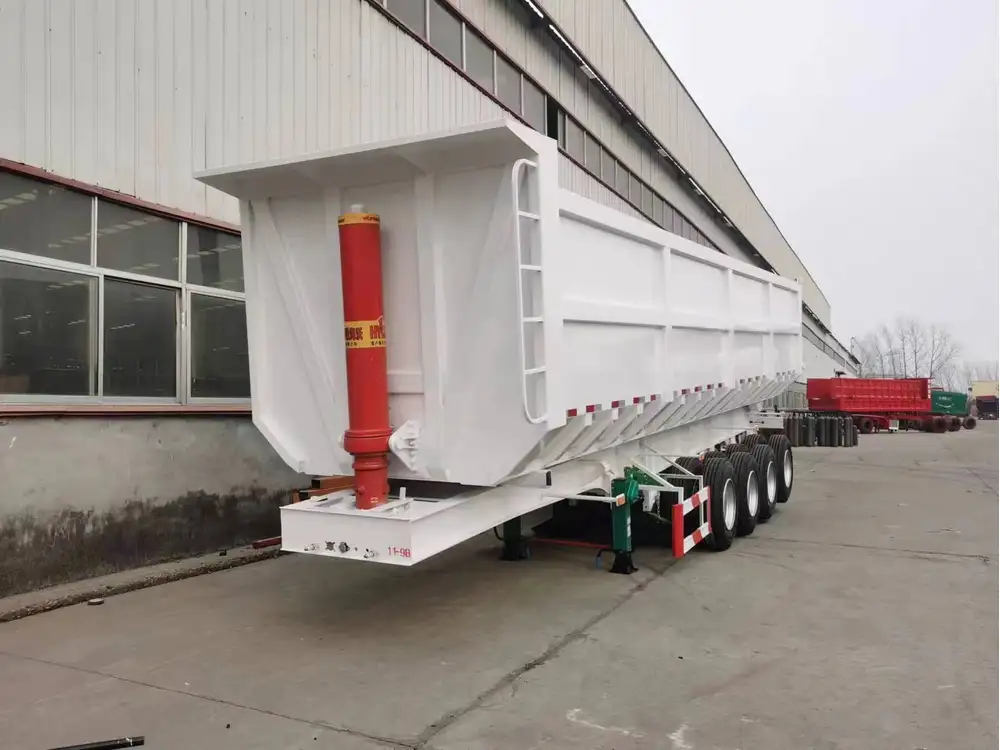
1. Type of Cargo
Different types of cargo have varying dimensional needs. For instance, oversized construction materials or equipment may require a flatbed truck with a wider stance. This prevents overhanging loads from becoming a hazard during transportation.
2. Load Distribution
The distribution of weight across the width of the flatbed is vital to maintain truck stability. Wider trucks can distribute weight more evenly across a broader area, enhancing balance and decreasing the risk of accidents.
3. Accessibility
Operational environments sometimes dictate the necessary dimensions of flatbed trucks. Narrower trucks may be preferred in urban settings or constrained sites where maneuverability is key. Conversely, a wider truck may be advantageous on open highways.
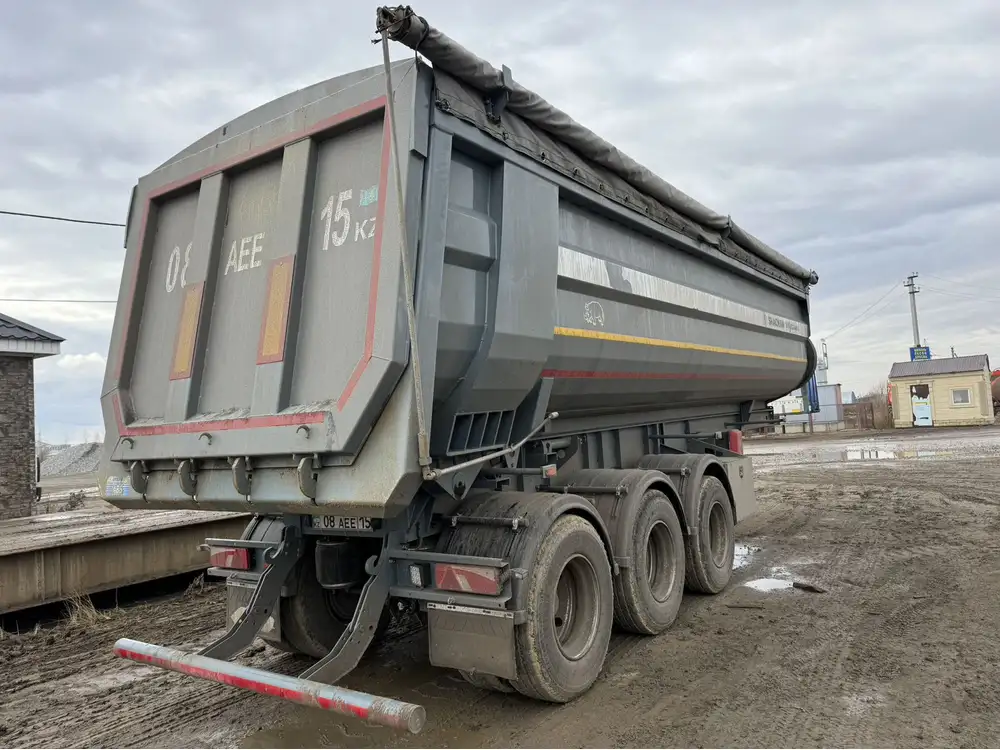
4. Safety Regulations
In some sectors, safety regulations demand specific truck dimensions. Compliance with these regulations isn’t just necessary for legal operation; it also protects your cargo and personnel involved in the loading and unloading process.
Flatbed Types: A Comparative Overview
Flatbed trucks come in various models, each designed for particular uses. Here’s an examination of different types of flatbed trucks and their respective widths and uses.
| Flatbed Type | Width | Best Used For |
|---|---|---|
| Standard Flatbed | 96 inches | General freight transport, equipment, bulk materials. |
| Gooseneck Flatbed | 102 inches | Heavy towing capabilities, especially suited for large machinery or construction materials. |
| Lowboy Flatbed | 102 inches | Transportation of oversized or heavy equipment that cannot be transported at standard height. |
| Drop Deck Flatbed | 102 inches | Lower deck height accommodates taller cargo, ideal for hauling heavy loads that exceed standard height. |
Load Capacity Considerations
It’s not only about width. The load capacity of a flatbed truck can also depend on its size and structural design. Here’s a rough guideline on the load capacities you might encounter:
| Flatbed Type | Gross Vehicle Weight Rating (GVWR) | Payload Capacity |
|---|---|---|
| Standard Flatbed | 26,000 – 33,000 lbs | 11,000 – 15,000 lbs |
| Gooseneck Flatbed | 26,000 – 40,000 lbs | 15,000 – 25,000 lbs |
| Lowboy Flatbed | 30,000 – 60,000 lbs | 25,000 – 40,000 lbs |
| Drop Deck Flatbed | 26,000 – 40,000 lbs | 15,000 – 25,000 lbs |
Understanding these figures is critical when planning logistics, especially for businesses requiring transportation of substantial loads.
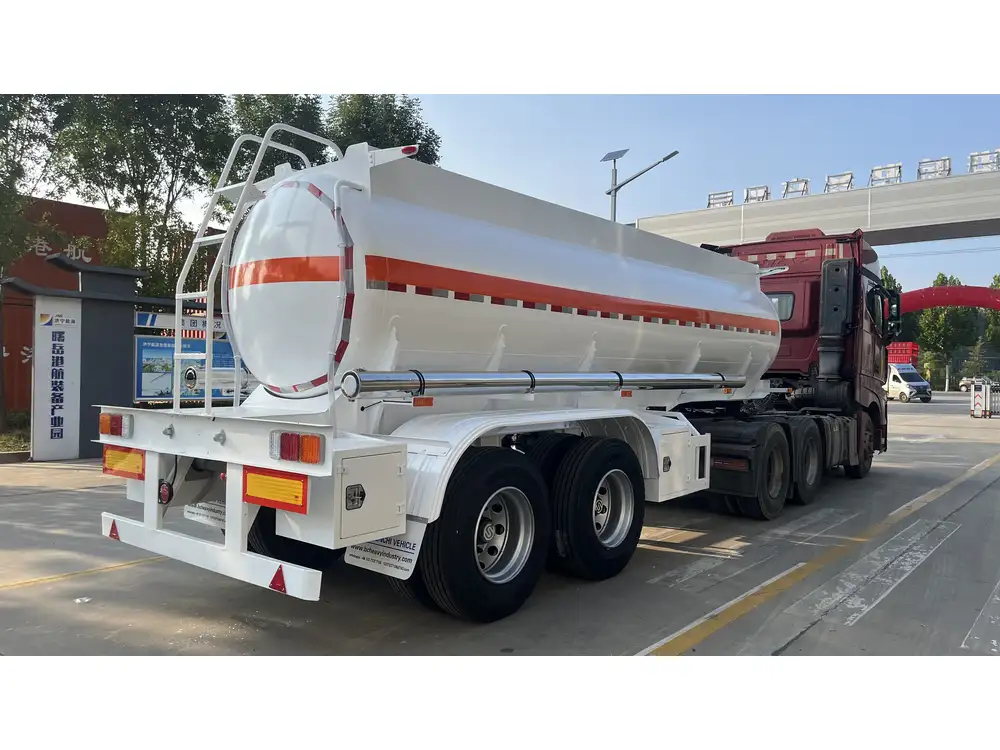
Optimizing Your Flatbed Truck Investments
When investing in flatbed trucks, it’s crucial to balance cost efficiency, operational needs, and legal compliance. Below are strategic considerations for optimizing your investments:
1. Assess Your Cargo Requirements
Determine the types of goods you plan to transport. Are they primarily oversized materials, or do they fall within standard dimensions? This will influence the width and size of the flatbed you choose.
2. Calculate Potential ROI
Consider how the investment in wider or specialized flatbed trucks may increase your operational capabilities, potentially attracting larger contracts or enabling you to handle specialized loads.
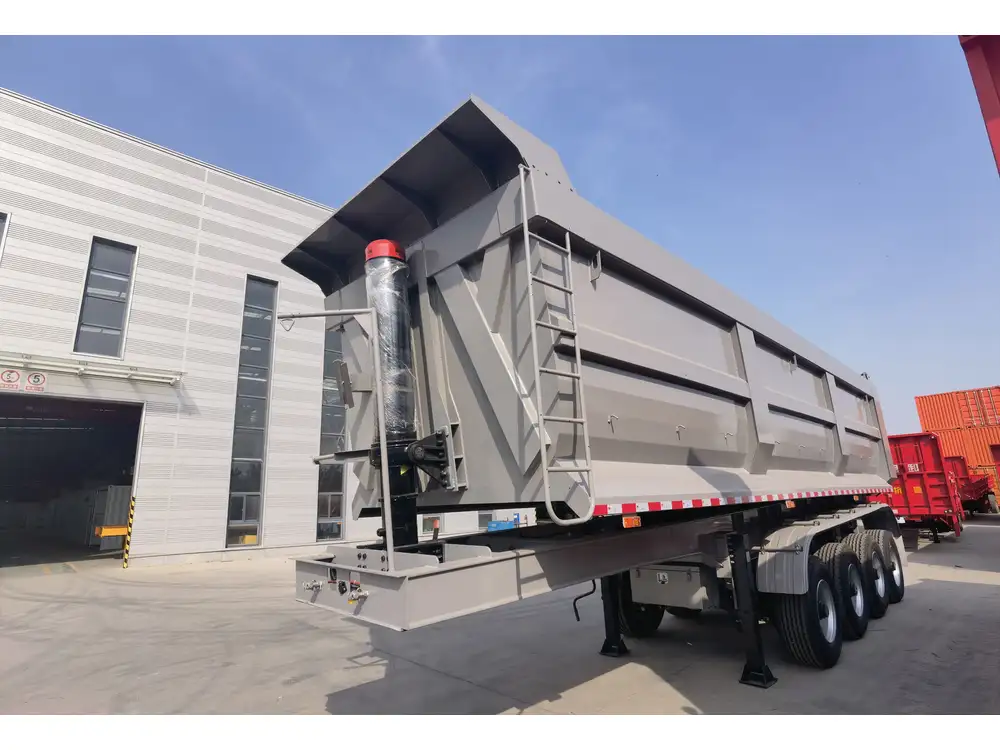
3. Maintenance and Upkeep
Wider trucks may present unique maintenance requirements. Ensure that you have a reliable plan in place for regular inspections, tire rotations, and necessary repairs to keep your fleet in optimal condition.
4. Employee Training
Train your employees on the specific needs and handling procedures of different flatbed models. Understanding how to operate and load these trucks safely directly impacts your crew’s safety and cargo integrity.
Frequently Asked Questions (FAQs)
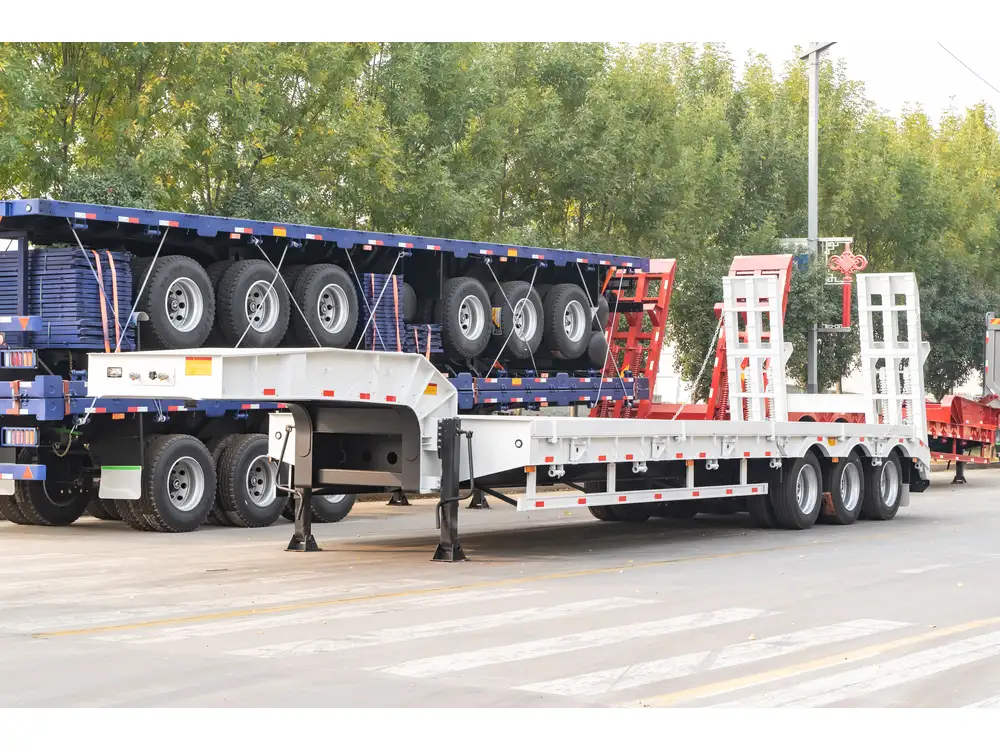
What is the maximum width for a flatbed truck in the U.S.?
The maximum allowable width for a standard flatbed truck is 102 inches. However, it’s essential to check state-specific regulations as they can vary.
Can flatbed trucks carry loads wider than the truck itself?
Yes, flatbed trucks can carry loads wider than 102 inches, but they may require special permits or routing designed for oversized loads.
How does the width of flatbed trucks affect fuel efficiency?
Wider trucks can create more aerodynamic drag, which may influence fuel efficiency. However, the trade-off for carrying larger loads often justifies the slight decrease in fuel efficiency.
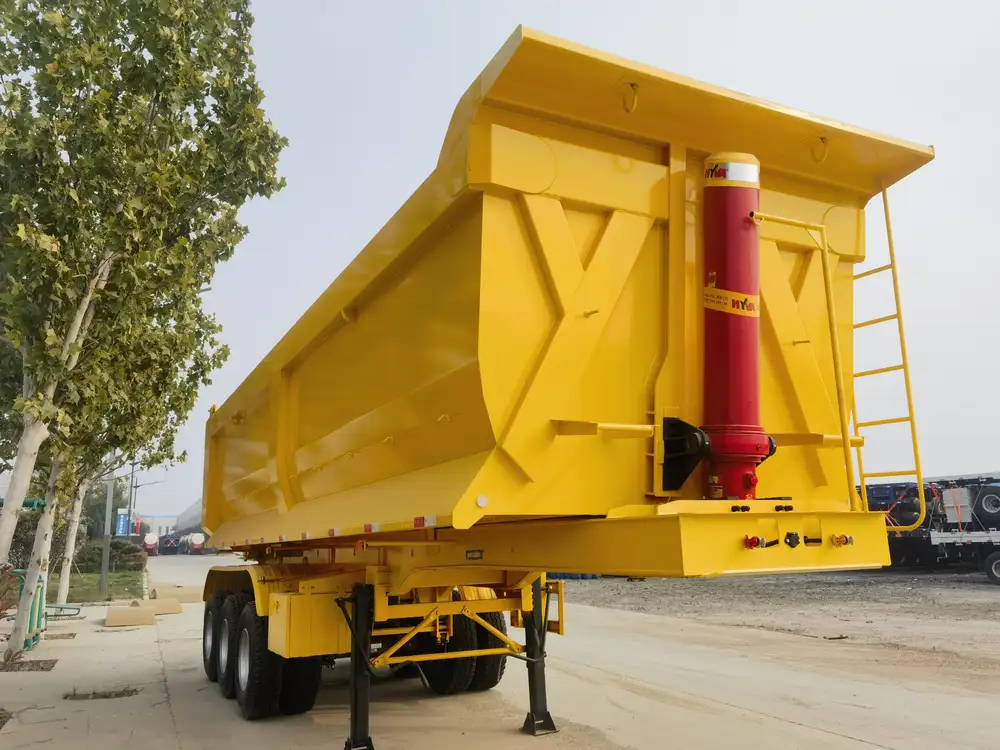
Is there a weight limit for flatbed trucks based on width?
Yes, width can impact the weight limit for transport. In general, wider flatbed trucks can carry heavier loads, but specific limits must be verified with local regulations.
Conclusion
Transporting goods efficiently requires understanding the dimensions and capabilities of flatbed trucks. With the standard width often at 96 inches, and up to 102 inches for specialized needs, it’s vital to consider the type of cargo, safety regulations, and distribute weights properly. By understanding these complexities, businesses can optimize their logistics operations and ensure compliance with all relevant regulations.
Engaging with flatbed trucks can transform your operational capability when done correctly. For those in the market for flatbed solutions, picking the right truck based on width and load capacity can make a substantial difference in efficiency and success.



